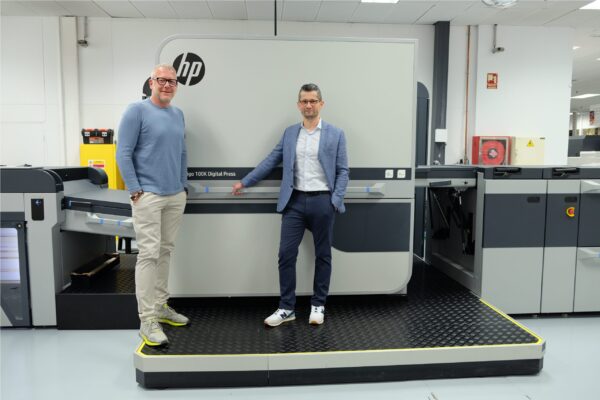In today's industry, barcodes are indispensable for product identification and tracking. In addition to traditional barcodes, two-dimensional codes such as data matrix codes and QR codes are becoming increasingly important. They offer manufacturers a wide range of possibilities, from enhancing product packaging to protecting against counterfeiting. But which code is the right one for your company?
The role of barcodes in the industry
Traditional barcodes, also known as 1D barcodes, consist of a series of parallel lines of different widths and spacing. They have been an integral part of retail and logistics for decades. Barcodes are easy to print and scan, but have a limited data capacity and are susceptible to damage. They also need to be read in a specific orientation.
Barcodes are ideal for simple applications such as product identification in retail. However, their simplicity is also their limitation, as they can only store a limited amount of information.
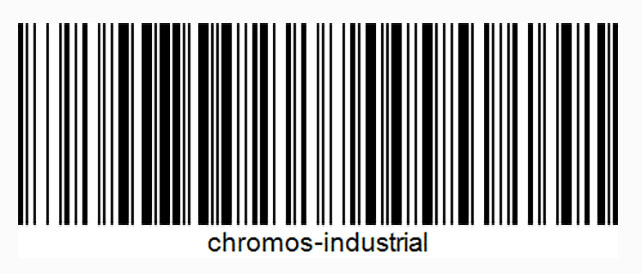
1D codes are easy to print and scan, but have severe limitations
What are QR codes?
The QR code (Quick Response Code) was developed in 1994 by the Japanese company Denso and is a two-dimensional barcode. It encodes data in a square grid of black and white modules. QR codes are omnidirectionally readable, which means that they can be scanned from any direction. They can store up to 4,296 alphanumeric characters and even support multi-byte character sets such as Kanji, making them suitable for international applications.
A key advantage of QR codes is their accessibility. Consumers can scan them with most smartphone cameras without the need for a special app. This makes them ideal for consumer-oriented applications such as marketing campaigns or the provision of additional product information.
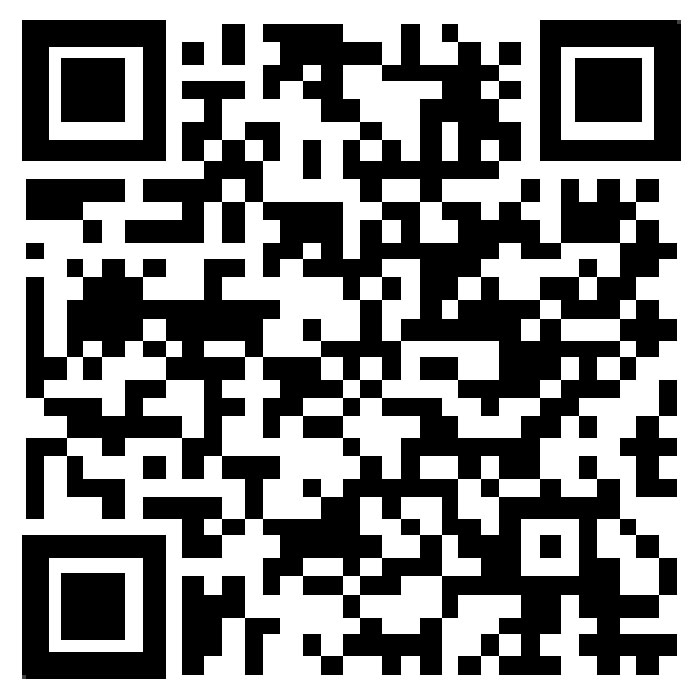
QR codes can store up to 4,296 alphanumeric characters and support multi-byte character sets
What are Data Matrix codes?
Data matrix codes are also two-dimensional barcodes that store data in a square or rectangular grid of dark and light modules. They are physically smaller than QR codes and offer a high data density in a very small space. This makes them ideal for marking small product parts or components where space is limited.
Data matrix codes are widely used in various industries, including electronics, healthcare, automotive and aviation. They are the only 2D codes approved to meet the GS1 standard for regulated healthcare products.
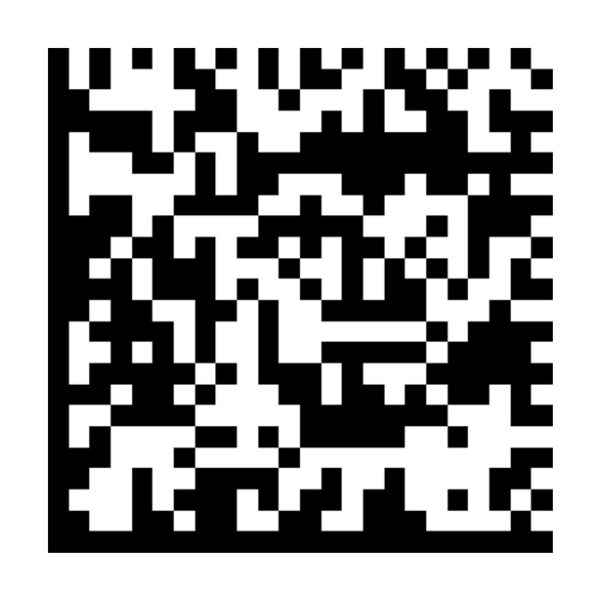
Data matrix codes are two-dimensional barcodes that store data in a square or rectangular grid of dark and light modules
Similarities between data matrix codes and QR codes
Both code types are two-dimensional and can store more information than traditional barcodes. They support global standards such as GS1 identification numbers, including the Global Trade Item Number (GTIN). They can also contain additional data such as best-before dates, serial and batch numbers.
Both data matrix codes and QR codes are license-free and publicly accessible. Their specifications are available from the International Organization for Standardization (ISO). Both have an error correction function that makes it possible to read the codes even if they are partially damaged. This is achieved by using the Reed-Solomon algorithm.
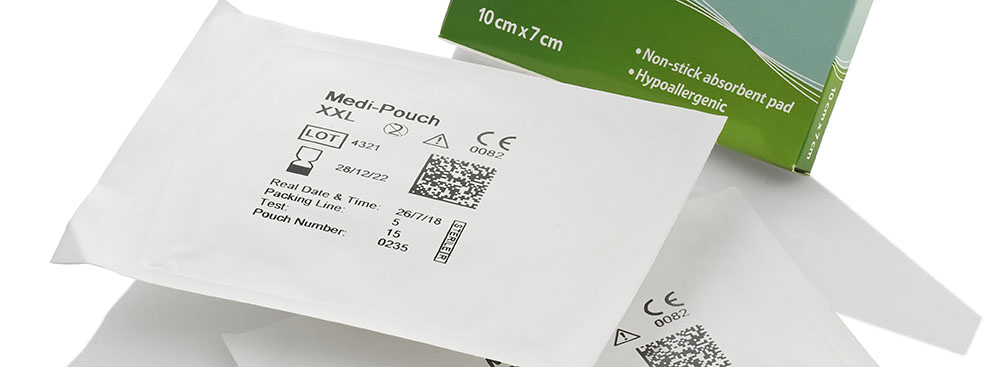
Differences between the codes
Data capacity and size
- Barcodes have a limited data capacity and require more space to store additional information.
- Data matrix codes are very compact and can store a lot of data in a very small space.
- QR codes offer the largest data capacity and can store extensive information and different character sets.
Areas of application
- Barcodes are ideal for simple applications such as product identification in retail.
- Data matrix codes are often used for internal product labeling and protection against counterfeiting, especially in industries with limited space on products.
- QR codes are ideal for consumer-oriented applications where large amounts of data or interactive content need to be conveyed.
Readability and user-friendliness
- Barcodes must be scanned in a specific orientation and are susceptible to damage.
- Data matrix codes and QR codes can be read omnidirectionally and have a higher error tolerance.
| Code type | Data Matrix code | QR code | Traditional 1D barcode |
| Numerical | 3,116 characters | 7,089 characters | 8-20 characters (depending on type) |
| Alphanumeric characters | 2,335 characters | 4,296 characters | Not supported |
| Bytes | 1,556 bytes | 2,953 bytes | Not supported |
| Size | |||
| Min. | 10 x 10 elements | 21 x 21 elements | Varies: 1 dimension (e.g. 95 modules for Code 128) |
| Max. | 144 x 144 elements | 177 x 177 elements | Varies: 1 dimension |
| Troubleshooting | |||
| Error correction | Reed-Solomon algorithm | Reed-Solomon algorithm | None or very limited (depending on code type) |
Which code suits your requirements?
The choice of the right code depends on various factors:
- Space available on the product: If space is limited, Data Matrix codes are the better choice due to their compactness.
- Amount of data: QR codes are suitable for extensive information as they can store more data.
- Target group: QR codes are ideal for applications that are aimed directly at consumers and should offer a simple scanning option.
- Industry requirements: In some industries, certain codes are mandatory due to standards or regulatory requirements.
| Data Matrix code | QR code | Traditional 1D barcode |
| - Traceability of the supply chain, including direct part identification, e.g. for electronic components | - Additional product information | - Price labeling in retail |
| - Protection against counterfeiting through serialization, e.g. for pharmaceutical packaging | - Instructions for use and recipes | - Inventory management in warehouses and logistics |
| - Social sharing | - Shipping labels and parcel tracking | |
| - Automatic link to spare parts procurement and warranty registration | - Identification of products such as books (ISBN) |
Important considerations for industrial labeling
Regardless of which code you choose, the quality of the marking is crucial. Precise printing ensures the legibility and reliability of the codes. Choosing the right industrial printing system is essential. You should also use quality control mechanisms such as machine vision systems to ensure the accuracy and legibility of the codes.
Compatibility with scanners and readers used by your retail partners and customers is also an important factor. Make sure that the codes you use can be easily recognized and processed by common devices.
Conclusion
Barcodes, whether one- or two-dimensional, are an indispensable part of modern industry. While barcodes can be sufficient for simple applications, data matrix codes and QR codes offer extended possibilities for data transmission and interaction.
- Barcodes are suitable for basic identification requirements in retail.
- Data matrix codes are ideal for applications with limited space and high data density, especially in internal logistics and production processes.
- QR codes enable direct communication with consumers and are suitable for marketing activities and the provision of comprehensive product information.
The decision should be based on a careful analysis of your specific requirements. Take into account both the technical aspects and the needs of your target group.
Contact us
Our experts will be happy to help you. Get in touch with us!



